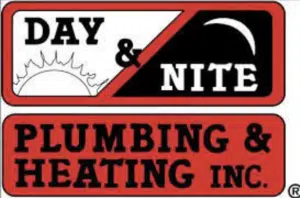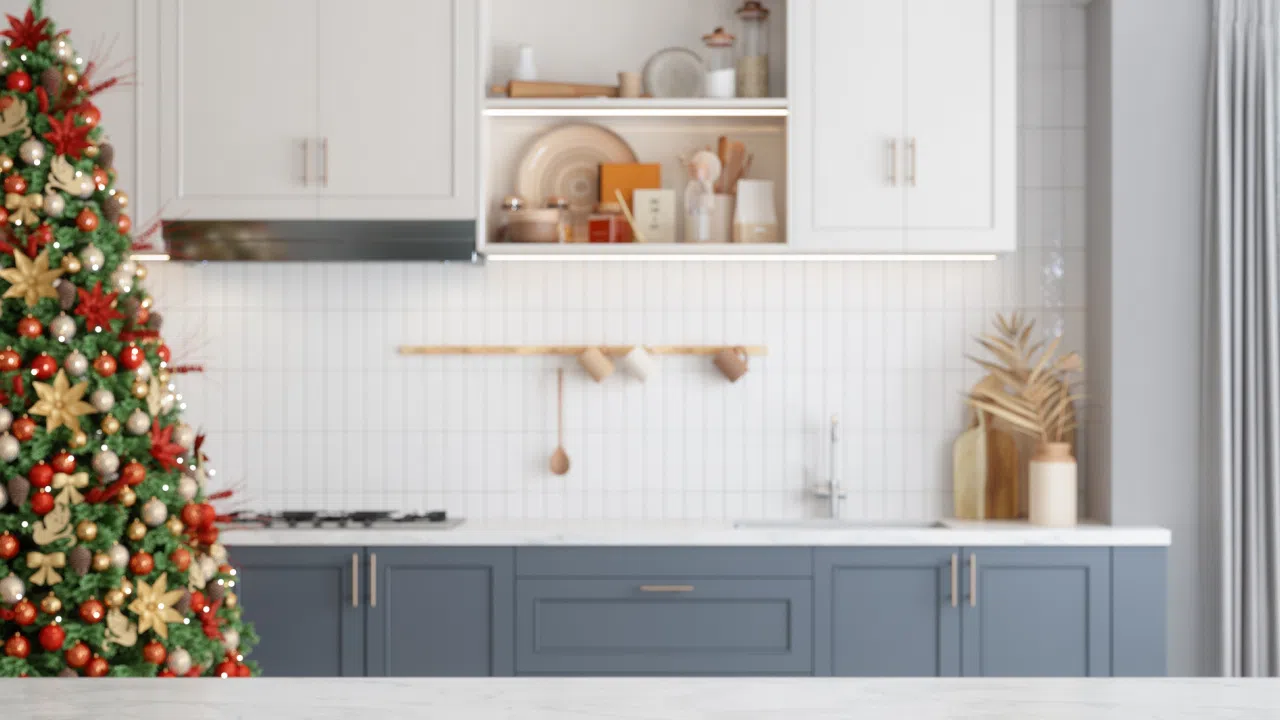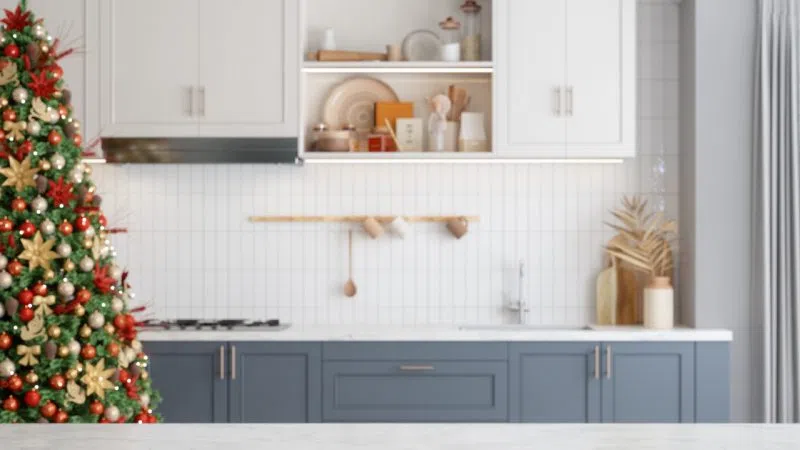When is it a bad time to offer advice about unclogging clogged sinks, and the way to treat them so you won’t have to? Never! Here are a few tips to consider before contacting a plumber to fix the problem should it occur.
We all know that regardless of what contractors and architects design or intend, the kitchen is the center and the ‘heart’ of every home; and this is especially true during the holidays. Dozens and dozens of hours are spent before, during and after our winter holidays in and near the kitchen, preparing meals, treats, goodies, feasts, functions, and festivities; as we celebrate and visit family and friends, and they celebrate and visit us. There is nothing quite like the warm and wonderful smells that fill our homes during these times, and of course, there is no worse time for something to go wrong with the kitchen sink drain.
When we get a call for help during the holidays and it’s a problem with the kitchen sink drain, we know it’s one of those emergencies that need to be handled as quickly as we can, because it often happens right in the middle of preparing a big meal for a house full of hungry friends and relatives. So, if the caller is willing, we try to talk them through trying to clear the clog with a plunger while on the phone with this basic advice…
- Get a plunger, a small towel or washcloth, and a wet vac if you have one.
- Sometimes the sink will drain very slowly, so if that has happened, run some water until there are a couple inches in the sink. If the sink is really full, vacuum out water (with an appropriate wet vacuum) down to a couple inches deep.
- If there are two sinks, stuff the washcloth into the strainer on the drain that does not have the disposer connected to it, and you are ready to try the plunger; but you must continue to hold-down the washcloth while plumbing or you won’t have any chance of clearing the clog.
- Now, cover the other sink strainer/drain with the plunger and begin going up-and-down-up-and-down with short strokes moderately quickly. If the clog is in one of the P-traps or within a couple feet of the sink drains, you may dislodge it and get some drainage. If you do, drain the sink all out, and then run hot water for about 5 minutes to attempt to rinse away whatever you can.
If plunging the sink doesn’t help, it’s time for someone else to help. A professional tech will likely take a look to see if there is any drainage at all, then empty the sinks with a wet vac. Then we’ll pull and clean the P-traps, and unless they were plugged solid, we’ll cable-snake the drain and/or jet it with a small, electric Jetter.
Kitchen sinks are notorious for being coated and clogged with grease-clogs, so once any drainage is established, it’s best to jet the drain out as far as necessary to reach a larger, main drain. After the drain is clear and clean, hot water should be run for 5-minutes to prove drainage and to rinse pipes as well as possible.
There is a theory with Plumbing Professionals that says if a drain is designed and installed properly, it doesn’t get clogged. Whoever holds to that theory has never had kids or tenants, (who often treat plumbing the same…). No drain was designed to receive and/or evacuate foreign objects like Legos, soup-cans full of grease, mountains of leafy vegetables, toys, hair etc.
Here are a few ‘Tips and Precautions” to consider and share with every family member who’s given the task of cooking and/or cleaning during any meal, especially in the holiday season, when the performance of a sink is imagined exceeding expectations.
- Run PLENTY of water before, during and for 1-minute after anything and everything put into the disposer. Every Time.
- Never put leafy or stringy greens into the disposer like celery, corn husks etc.
- Never put anything down/through the disposer too fast; ‘feed it’ at the rate it will take it without backing-up; the rule of thumb is “You can’t go too slow, you can only go too fast…”
- Except clear with clear water/liquids, anything too much or too fast will clog your sink and disposer.
- Always clean your disposer Monthly, by dumping 2 trays of ice-cubes thru it as fast as it will take, with cold water running. This will usually freeze, scour and dislodge slime and ‘left behind’ sludge.
- Never put/pour grease down the sink.
- Never use/pour drain-cleaner chemicals into or thru the Disposer; they rarely work and they ruin the mechanisms.
‘Tis the beginning of the wonderful holiday season. I’m reminding you and yours about the do’s/don’ts of kitchen sink and garbage disposer treatment. With any luck, this gift will help you enjoy blissful family meals, minus the kitchen sink drain drama and trauma, and you’ll be a hero. Happy Holidays!
 Since 1954, Day & Nite Plumbing & Heating, a family owned and operated company, has been meeting the plumbing, heating, and air-conditioning needs of homeowners and businesses in Seattle and the surrounding areas. Whether you have a plumbing emergency, or you need a heating and cooling home comfort system, “Do it Right! Call them anytime “Day or Nite.” Be sure to browse here for in-depth answers to homeowner’s top plumbing and heating questions, or send your own questions directly to the expert.
Since 1954, Day & Nite Plumbing & Heating, a family owned and operated company, has been meeting the plumbing, heating, and air-conditioning needs of homeowners and businesses in Seattle and the surrounding areas. Whether you have a plumbing emergency, or you need a heating and cooling home comfort system, “Do it Right! Call them anytime “Day or Nite.” Be sure to browse here for in-depth answers to homeowner’s top plumbing and heating questions, or send your own questions directly to the expert.



























Comments